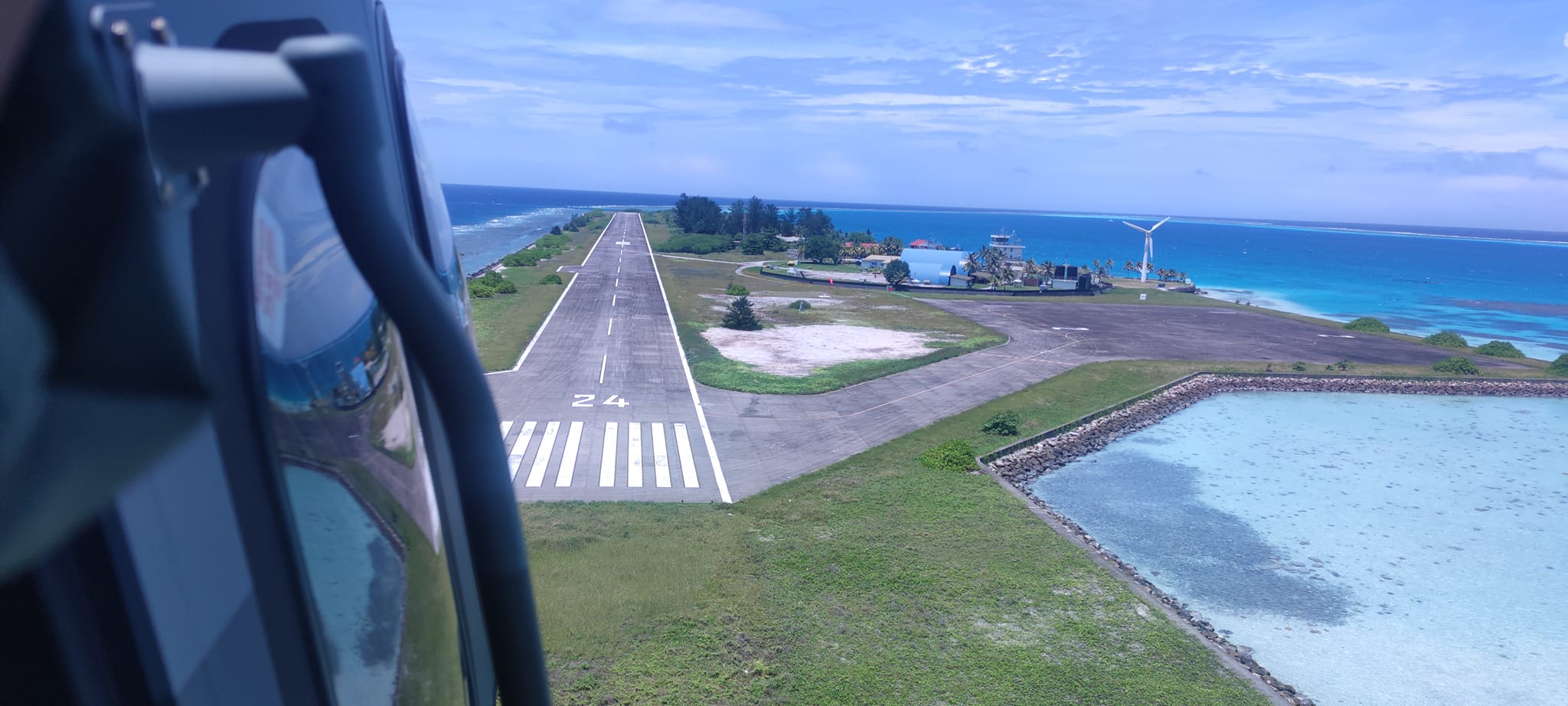
SHAH ALAM: Its Galaxy Aerospace (M) Sdn Bhd. Yes, Galaxy Aerospace, which won the contract to supply three Maritime Operations Helicopter (MOH) to the Royal Malaysian Navy (RMN) has been awarded the contracts to maintain them. Galaxy Aerospace is part of the Gading group.
Malaysian Defence wrote in August that the Defence Ministry issued a slew of request for bids on August 5, 2022, for the routine maintenance for the two operational AW139s – M503-1 and M503-2 – at the Kota Kinabalu naval base.
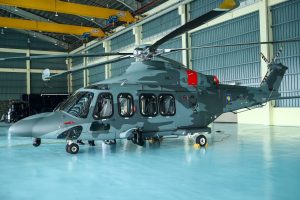
The routine maintenance tenders (when required) for both the two MUH/MOH, are for the avionics; engines; airframes; helicopter weighing; magnetic compass swing; oil analysis and batteries. Much of the work will need to be done at the air wing facility though others could be done at outside location as the magnetic compass swing. This would be done at the Kota Kinabalu International Airport, according to the publicly available tender documents.
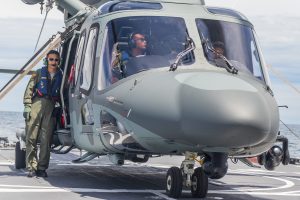
Anyhow, Galaxy Aerospace contracts for the maintenance of the two helicopters comes to RM2.86 million though it is unclear how long are its duration. Perhaps it is a three-year term. Once the third helicopter is delivered and operational, Galaxy Aerospace is a shoe-in, for the same contracts as well.
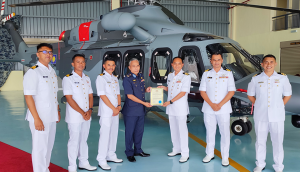
The Defence Ministry on September 29 has issued another request for bids for the yearly routine maintenance and inspections of the two AW139s. Again, Galaxy Aerospace is likely to win this contract as well.
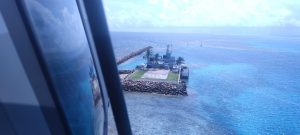
The company is only the among the few aerospace companies which is certified to maintain government helicopters under the RMAF’s Directorate General Technical Airworthiness (DGTA) as well as Leonardo, the OEM.
— Malaysian Defence
If you like this post, buy me an espresso. Paypal Payment

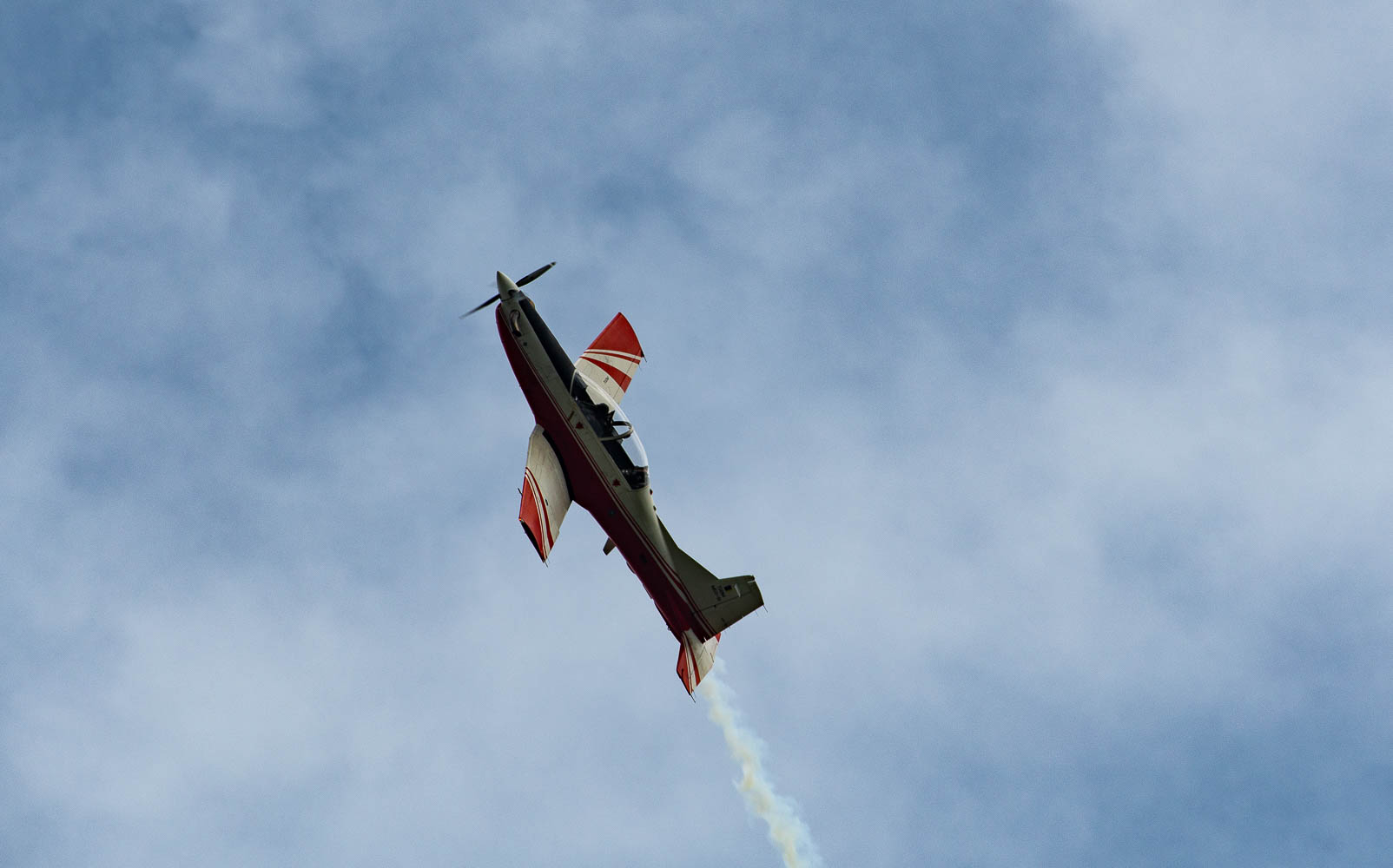

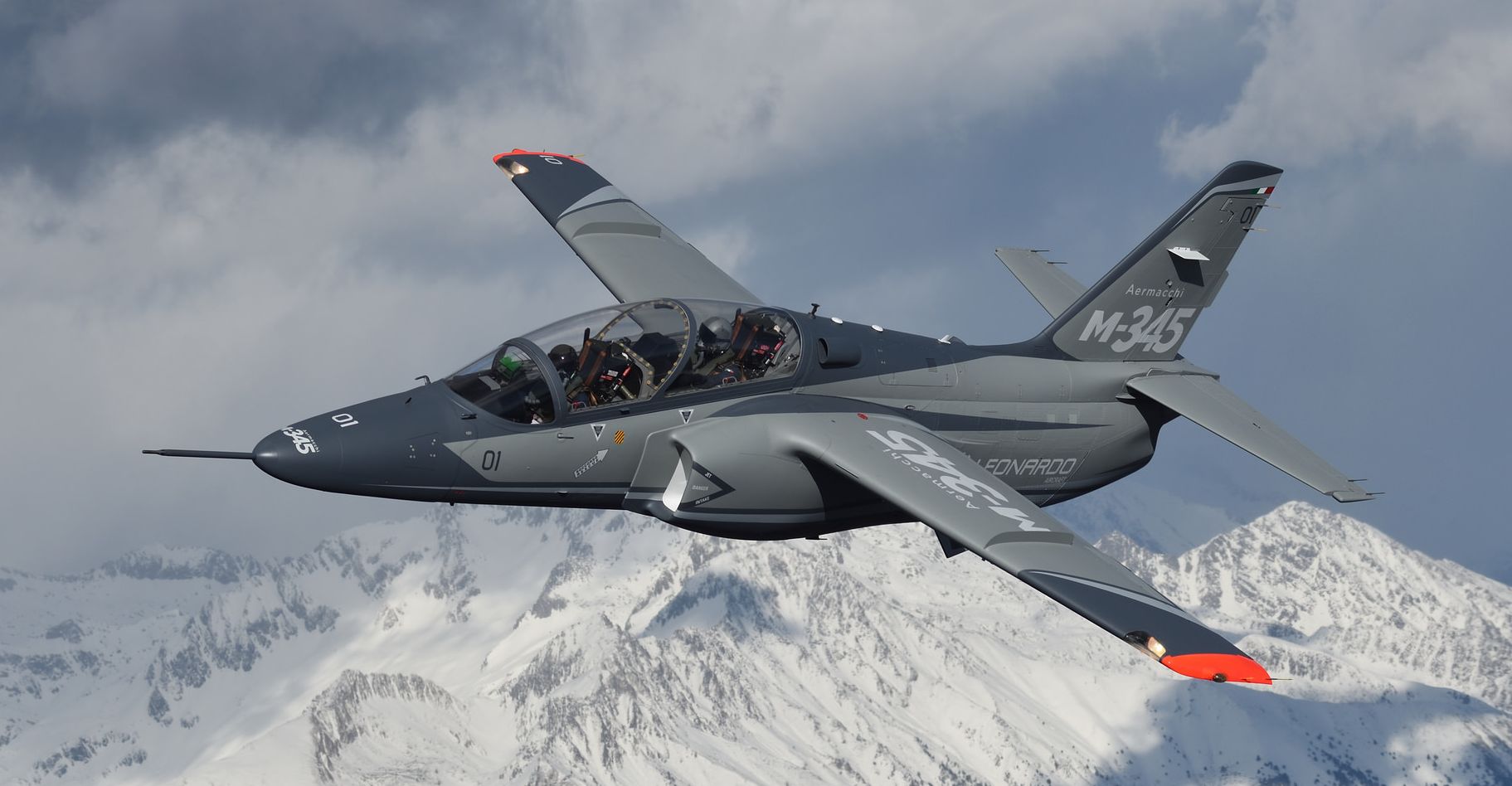
It is Galaxy Aerospace under same parent company (Gading Group) with RMN FIC/FAC builder, Gading Marine?
Yup
Marhalim,
In one of the pics on your main page is that what appears to be a NTW-20 taken on Merdeka day? I’ve only ever seen it up close once when it was first delivered in 2010/11.
Another question; we bought SIG SMGs to replace the MP-5s. Why did we also order Beretta SMGs? Any idea?
Will RMN buy more AW139 MOH in the future
Is this company bad or worse?
No idea
Yes, the plan is to have at least three more. When is beyond me. Technically it should be during this RMK but with LCS still not resolved.
Yes, they put it up on the VAMTAC RIV. It is operated by the 11th RGK. No idea on why really on the sub-guns.
On another topic. There is a tendency by some to loosely apply the “proven” label on just about anything which has seen operational use without looking at all the factors at play. If however one were to apply the “proven” label loosely than Anka is “proven” in that its seen operational use against the Syrians and Kurds.
The paragraph below explains why we are interested in Anka and why the TB2 was not even offred. One is a tactical strike UAS and one is a MALE ISR yet some still erroneously claim we should buy TB2s despite us having a requirement for a MALE ISR platform. Furthermore Anka has the potential to be used for a variety of roles unlike the one trick pony TB2.
“Although they share similar flight performance characteristics, including endurance, maximum altitude, and speed, the Bayraktar is smaller in terms of size and payload. The Bayraktar’s payload of 55 kg is about a quarter of the Anka-S 200 kg payload capacity. Because of the size difference, smaller payload and the Bayraktar’s shorter range, Turkey considers it a tactical UCAV and the Anka-S, the larger classification, medium altitude long-endurance aircraft. Further, the modular design of the Anka-S gives it more flexibility than the Bayraktar and enables it to be used for surveillance, attacks, or EW”
We are currently in a learning phase to use MALE UAVs
Better to take the TB2 because
1) it is a much simpler platform to operate/maintain than anka
2) smaller logistics footprint, can operate, fly and land from much smaller airfields/airstrips
3) as learning goes, we can learn from a huge pool of operators that has flown the TB2 in operational conditions. Now with more than 20 countries (even NATO country such as Poland) flying or going to fly the TB2, much more wider experience/knowledge sharing is possible. Anka only has 2 operating countries.
4) Operationally TB2 has been used for maritime surveillance/over the horizon targeting, real time artillery spotting/fire adjustment, counter artillery, anti tank, SEAD/DEAD and many other missions. That is a wide range of missions that we can learn from.
5) For ISR, its EO package (3 options, from Canada, Germany or Turkey) is capable of optically monitor targets as far as 50km away. That is outside of the range of many SAM missiles.
6) USD70 mil gets 13 TB2. USD80 mil gets 3 anka.
If european and if the latest rumor, japan is interested in getting the TB2, it would be foolish for us not to get it too. Fly it, learn from it, hope that the experience will prepare us for much more advanced UAV such as loyal wingmans in the future.
Wong – “2, it would be foolish for us not to get it too”
Would be “foolish” for us to buy something we have no requirement for. We have a requirement for a MALE platform which can carry a variety of payloads to be employed over our maritime domain.
Wong – “that the experience will prepare us for much more advanced UAV”
You make it sound like we’re buying a hypersonic intercontinental bomber. The transition from a tactical UAS [which we have some experience of] to a MALE IS not as steep a learning curve as you seem to think.
Wong – “such as loyal wingmans in the future.”
We have a long list of key enablers/tertiary capabilities we need. Stuff like the Loyal Wingman is not even a consideration for us at the moment.
Back to UASs; the hardest part actually is not operating the platform [whether a MALE or HALE] but fully integrating its use with existing ops and creating the needed C2 and CONOPs.
Doubt we would get 3 Anka at $80 mil as the Anka asw suite is not being developed yet.
Personally would have preferred if we go for Hermes or predators as its asw suite is already an off the shelf products.
ASW is not part of the requirements
somebody does not understand difference of now and in the future
Zaft,
It’s quite simple really; let’s stick to the right calibre. The requirement is for a “ISR” platform which can be fitted with radar or a ESM payload. Why even bring in the ASW angle in the first place? If we ever have a need for a ASW UAS obviously it would be operated by the RMN.
kakadu – “somebody does not understand difference of now and in the future”
Well then since you apparently “understand” better than this faceless unnamed “someone” why don’t you fill in a gap in his education by helping him “understand”.